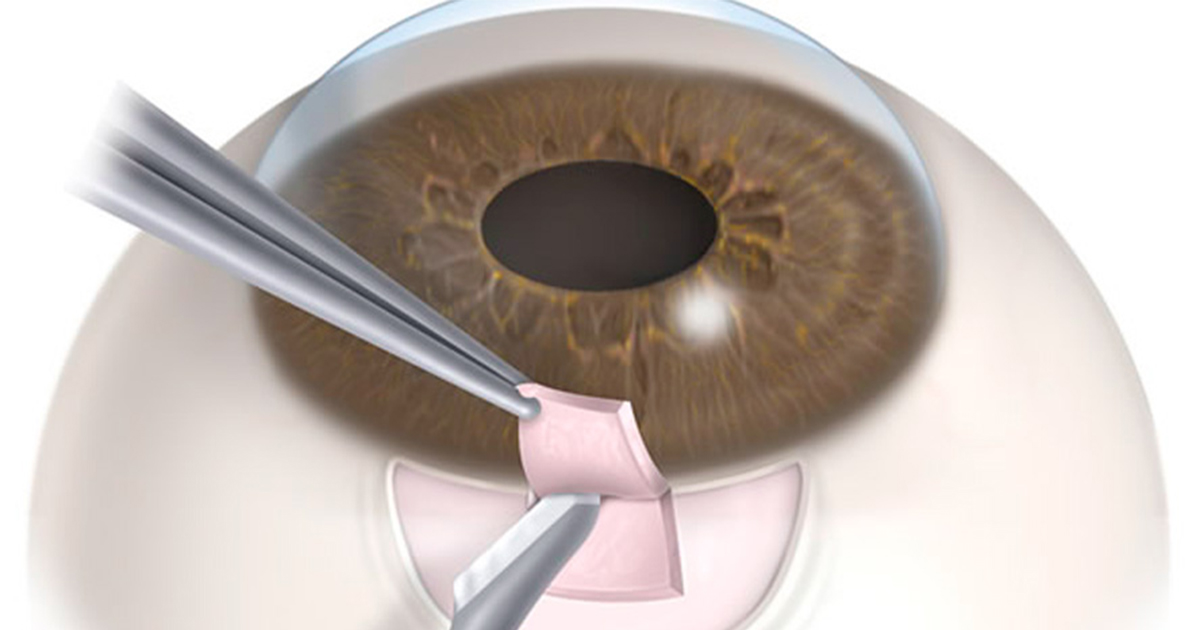
Please wait...

Please wait...
Trabeculectomy is one of the first surgical treatment options to cure glaucoma. It is done with the aim of minimizing the intraocular pressure that is caused by this condition.
This surgery is usually performed in people who present with an open-angle glaucoma, when it does not evolve favorably after drug treatment, and there is a danger of severe impairment of visual ability. It consists of making a perforation in the outermost part of the eye or sclera, until it reaches a space inside the organ of vision that is called the anterior chamber. Through this new conduit created by surgery, a liquid called aqueous humor is drained outwards. Excessive pressure of aqueous humor is the cause of glaucoma.
The perforation is covered on the outside with a flap of the conjunctiva (the transparent membrane that covers the eye), so that the aqueous humor cannot surface and stays under the conjunctiva, where it forms a small bubble in the the one that is slowly reabsorbing.
For the results of the intervention to be satisfactory, it is necessary that the new duct created is kept permeable and that the amount of aqueous humor drained by it is adequate. If the new duct closes over time due to scarring, the intraocular pressure rises again. On the contrary, if the accusing mood flows excessively through the new route, the intraocular pressure is reduced too much, causing ocular hypotonia.
